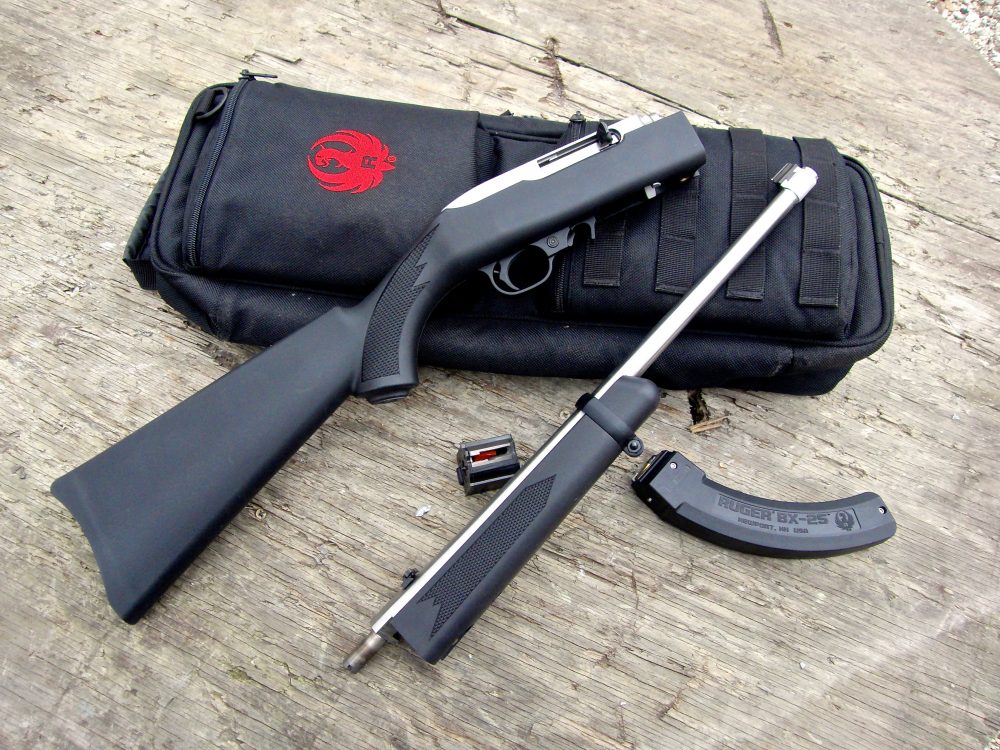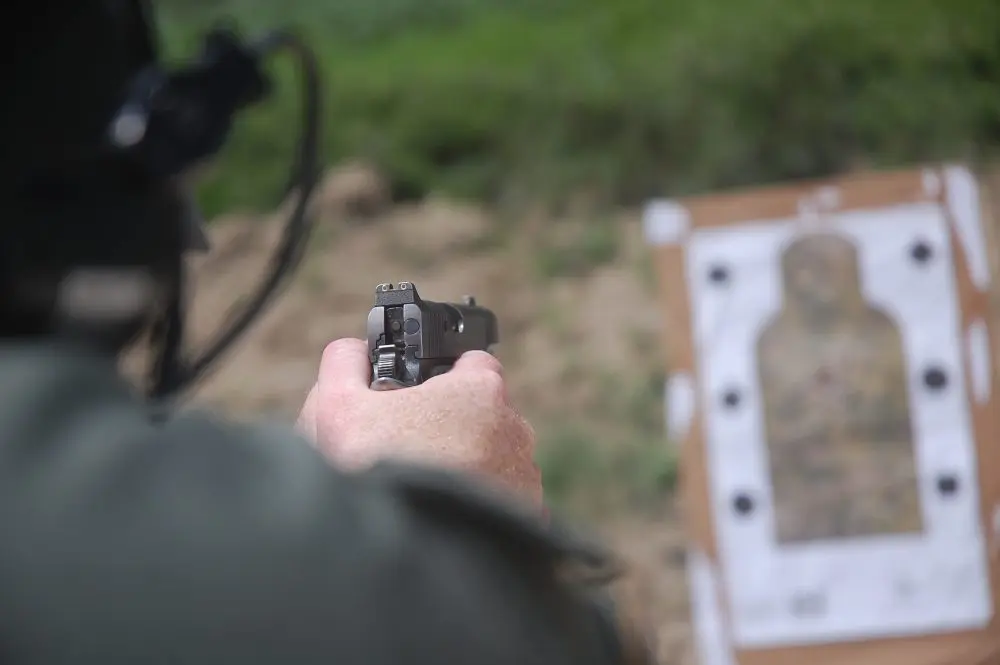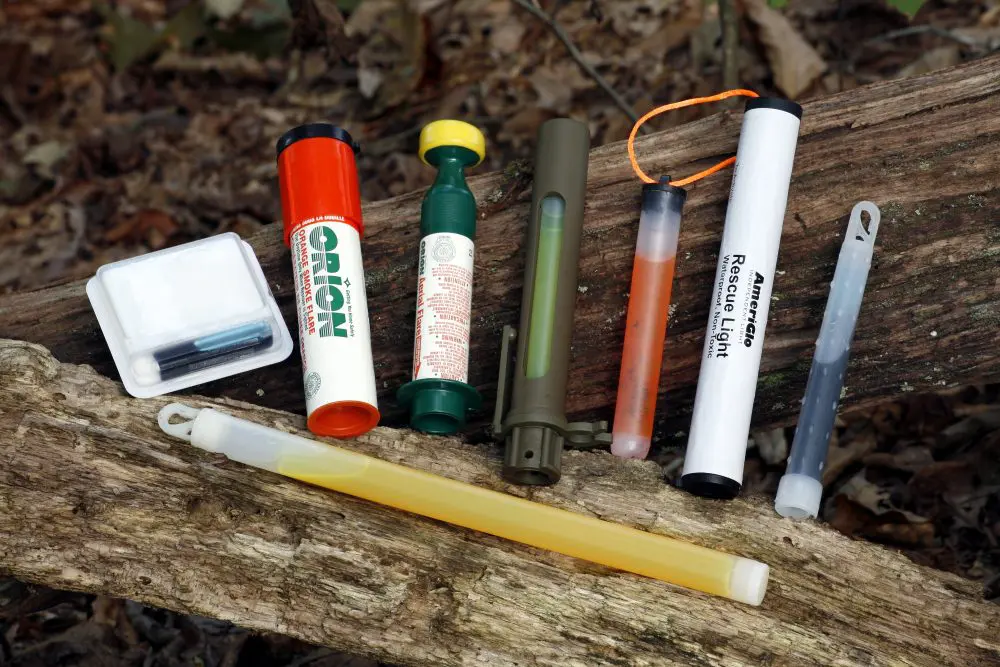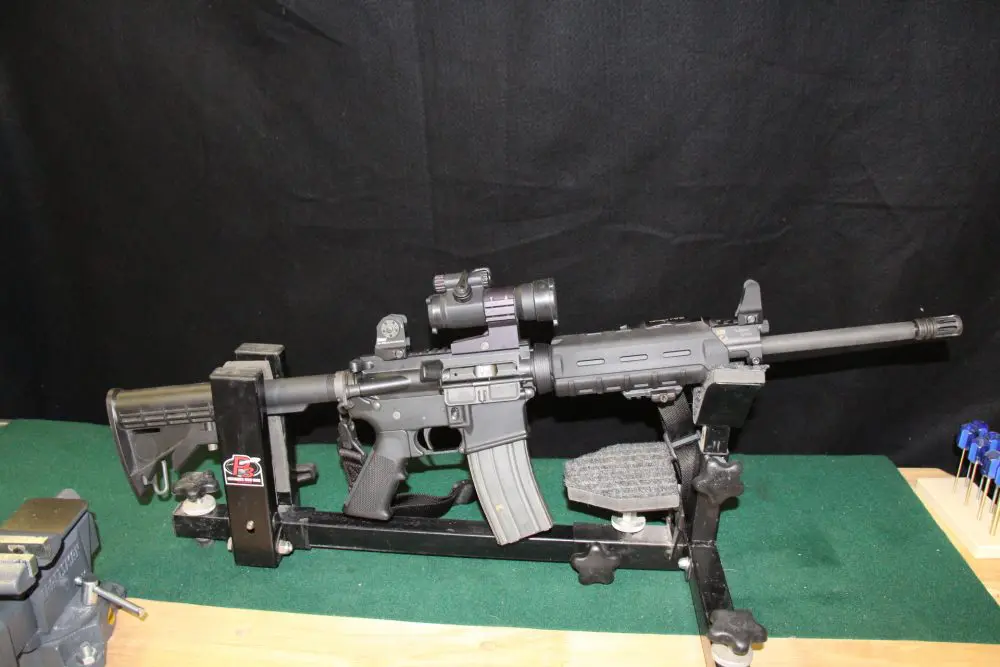
According to his tales, he tucked his .22 rifle behind the seat and many evenings came home with a rabbit or squirrel for dinner.
Unfortunately, my Grandfather died when I was four or five, so I barely remember him. But I do remember photos of him on his mail cart with the barrel of his rifle peeking above the seat.
Later, when I became interested enough to ask, none of my relatives remembered what type of rifle it was. Based on vague memories of a ribbed handguard in the old photos, I think it may have been a Remington Model 12 or Winchester Model 90.
Those stories of my Grandfather created an image of going about my business with a trusty .22 rifle nearby. That interest in .22 “companion” rifles has remained with me for decades. My image of such a rifle has evolved over the years since it first entered my consciousness.
I live in an urban area and times are much different more than a century after my Grandfather clip-clopped through snow, rain, heat, gloom of night, and rabbits on his appointed rounds.

It may have been for rabbits, but I have little doubt that his youth in Kentucky fightin’ and feudin’ country would inspire him to use it to defend the mail from marauders if needed!
Since my first single-shot .22 rifle, I’ve owned quite a few. At some point, I decided a takedown rifle would fit in my car trunk more readily, so I saved and bought a Browning SA-22, Grade 1, which was the least ornate version.
It was still an expensive .22 compared to others on the market, but it quickly took down into two pieces and I could keep the tubular magazine in the stock loaded with 11 rounds.

I find a lot of features of the 10/22 Takedown appealing. I already mentioned the stainless and polymer construction, which make it durable in outdoor usage or truck storage. Cost is quite reasonable as well, another advantage for a gun kept in a vehicle.

Speaking of that case, if the rifle is carried as a utility/preparedness rifle, the case offers a little extra storage space in two external pockets. Ruger makes a reliable 25-round magazine, three of which fit easily into one pocket, along with the mini red dot in a padded pouch.
The other pocket I use for a heavy-duty folding utility knife, a multi-tool, fire starter, and a few other items. The standard ten-round magazine rides in the mag well of the rifle’s stock assembly.
Speaking of assembling the rifle, the process is simple. The magazine is removed and the bolt locked back. Then the barrel assembly is inserted into the receiver and rotated clockwise until it locks. The locking collar is then turned to tighten the assembly. The process is as fast and easy during takedown.

For my self-loading .22 rifles these days, I use Winchester’s M-22 40-grain loads most of the time. Designed especially for military-style .22 rifles such as the S&W M&P15-22, I have found it both reliable and accurate. At 1,255 fps, it is faster than a lot of other 40-grain .22 Long Rifle loadings.

Of course, the 10/22 Takedown isn’t the only .22 rifle I own today. I have an S&W M&P15-22 and a SIG Sauer 522 LR, both of which I use as understudies to my similar centerfire rifles, as they allow cheaper training.
I still have my takedown Browning that saw a lot of use in the day, but only sees the occasional nostalgia outing these days. The Ruger 10/22 Takedown is the one that is with me the most in my truck. I often have a centerfire rifle or combat shotgun in the truck as well, but the 10/22 is almost always there.
SOURCES:
STURM, RUGER & CO, LTD.
(203) 259-7843
www.ruger.com
WINCHESTER AMMUNITION
(615) 258-3340
www.winchester.com






